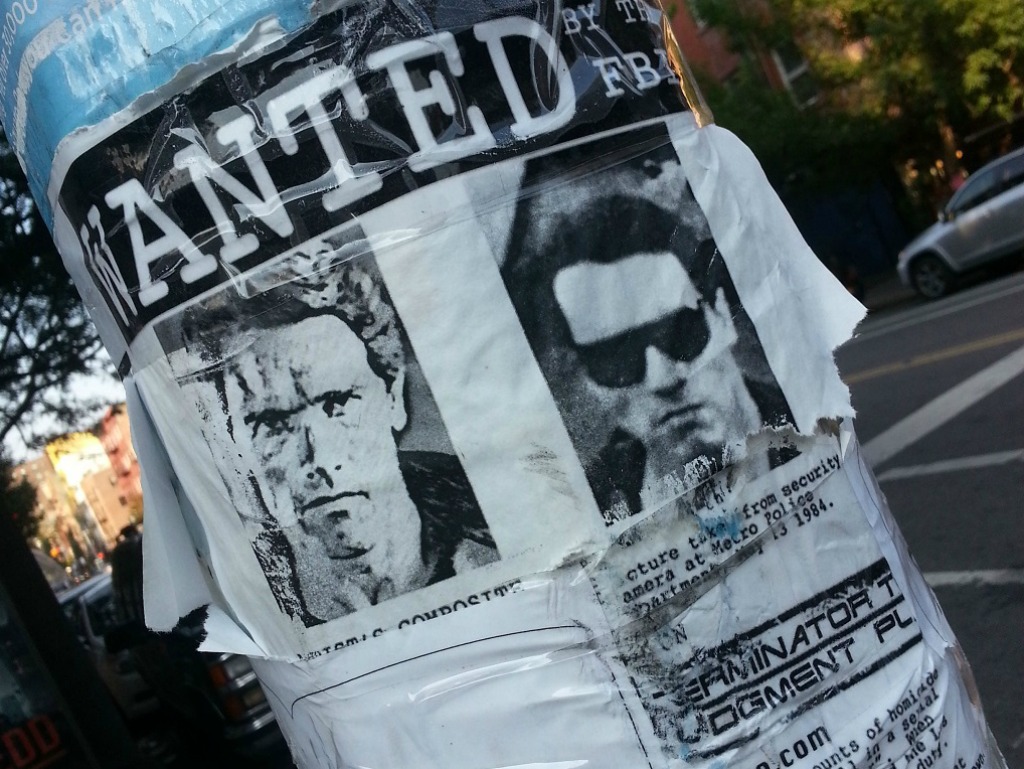January 6, 2015: Facebook’s recent efforts to throttle organic reach makes perfect sense from a business perspective. FB is of course a public company; its primary fiduciary responsibility to investors requires the company to drive marketers into paid channels whenever possible.
At the same time, however, it’s clear that many people — including small entrepreneurs operating on thin margins that do not allow for paid media budgets and proprietors of small non-profits — are dispirited and angry about the removal of what had been a “free” channel to reach their Facebook followers and fans. Hundreds of complaints about this issue have been posted on a Facebook page defending its more restrictive reach-related policies; here’s one that sums up the reasons for such umbrage:
“We have spent countless thousands of dollars with FB advertising and got ourselves to the point of having 145,000 fans and now we have been SLAPPED in the face by FB… PRIOR to July 1st, when we posted content we could expect 3000-6000 views on the post with our 145,000 fans…Suddenly, July 1st hit and our post views fell into the black hole/abyss. Now we are averaging 135 (NO I’M NOT JOKING! 135 people to MAYBE 400 if we are extremely LUCKY…are seeing our posts)… With the click of a few buttons and changes to your algorithms on 7/1/14 you are essentially crippling my method of making a living and supporting my family.”
In retrospect, it’s easy to see the mistake that this marketer made. Instead of seeking to establish a distributed, diversified network of traffic drivers, she put “placed all her social eggs” in one basket whose bottom has been removed “with the click of a few buttons.”
A Failure of Social Media Asset Allocation
This kind of bad asset allocation decision seems to be the most oft-repeated error in Internet marketing, and has affected many marketers in the recent past, for example, when marketers using “winning” SEO link building tactics had their profitable operations destroyed by Penguin. Similarly, many site proprietors making a mint from affiliate links saw their empires collapse when Panda decided that their content was “too thin.”
The central problem is that marketers, once they’ve found a channel that works, or is cheap relative to competing channels, all too often aggressively “double down” on this channel and stop investing in alternatives that, over time, could serve as a backstop when the primary channel dries up. The single-source mindset should be replaced one stressing a more defensive posture vis a vis traffic sources, because one’s most profitable marketing channel may instantly become one’s most expensive channel tomorrow.
Use a Hub and Spoke Model to Mitigate Risk
One useful way to mitigate your risk is to use a hub-and-spoke model when designing your content strategy. The unique content that a given organization owns — for example blog posts, ebooks, whitepapers, case studies, service manuals, etc. — is at the “hub” of this model. This content represents what your firm “offers to the world.” If it’s good, it can serve as a powerful lure to bring strangers into your marketing web (if it’s bad, and much B2B content is terrible, it will fail to do anything). This content is typically located on a single web site on a unique domain somewhere on the World Wide Web; each content asset is assigned a unique URL that identifies it with a permanent address.
The “spokes” in this model direct traffic to the hub. A typical B2B company will have a number of such spokes, which can be divided into “paid” and “unpaid” (organic traffic) categories.
Typical “paid” spokes include:
1. PPC ads
2. Promoted social media posts
3. Banner ads run across contextual ads
4. Other paid media such as TV/radio spots, newspaper ads, etc.
5. Press releases
Typical “unpaid” spokes include:
1. Organic search traffic
2. Traffic originating from editorial links on reputable sites
3. Brand-term related traffic (otherwise known as “direct” traffic arising when a user directly enters the marketer’s domain name into the browser address bar).
4. Organic social traffic from social media sites such as Twitter, Facebook, Pinterest, etc.
5. Email messaging to a subscriber/opted-in list.
No two marketers will have an identical profile in respect to the amount of budget allocated to each of these spokes. But most will rely on more than one “spoke” because prospects are rarely found in one place or in the same mindset when using the Internet.
By creating a diversified portfolio of traffic-generating sources, one can “keep the lights on” when marketing activity on a single spoke becomes unsustainable. Doing this also “future proofs” one’s organization’s marketing efforts against the inevitable ebb and fall of social media networks (remember MySpace?). By investigating and becoming fluent with emergent channels before they reach critical mass, one will be ready to achieve first-mover advantage when “the next hot marketing channel” appears over the horizon.
Furthermore, as Forrester’s Nate Elliot observes, marketers should begin thinking about the feasibility of launching their own branded communities. Such “owned” communities have no impediments (algorithmic or otherwise) preventing the marketer from directly communicating with very large audiences, and may become more popular as dissatisfaction with the marketing performance of 3rd party social networks increases in 2015.
- 10 Mistakes to Avoid When Using QR Codes for Marketing - September 20, 2023
- Kevin Lee on How AI Changes the SEO Landscape - August 31, 2023
- The Power of Compound Marketing: Kevin Lee Presents @ 1MediaWorld 2023 Global Conference - March 7, 2023

